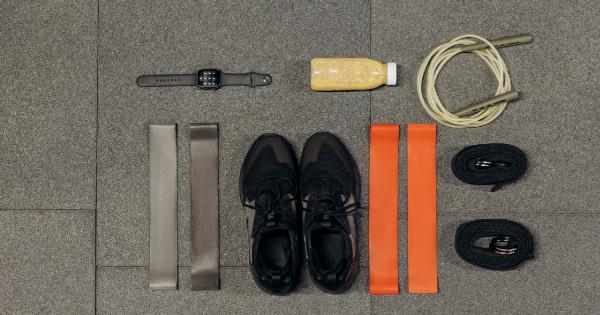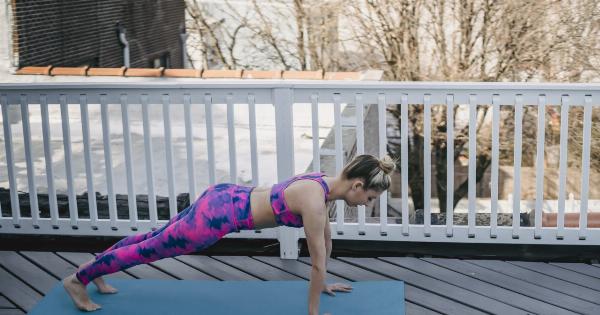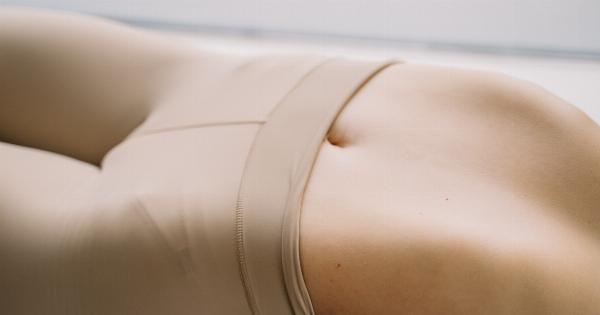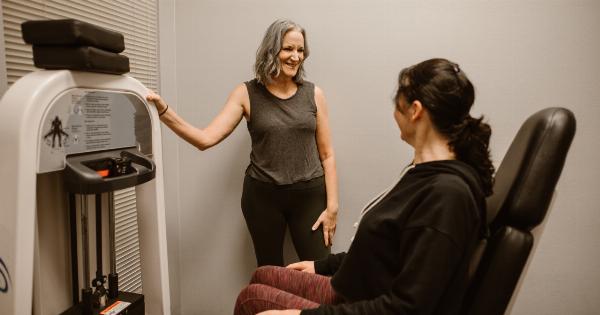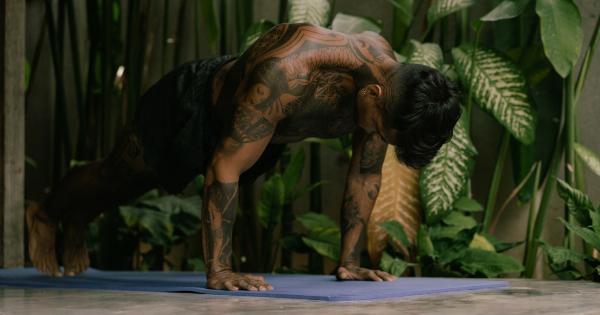After giving birth, many women struggle to shed the excess weight gained during pregnancy and reclaim their pre-pregnancy bodies.
One particularly stubborn area of concern is the post-baby pooch, commonly referred to as the “mommy tummy.” This protrusion of the abdominal area can be distressing for new moms, who often yearn to regain a flat stomach and feel confident in their own skin again.
Understanding the Postpartum Belly
The postpartum belly, or post-baby pooch, is not solely caused by excess fat accumulation. The abdominal muscles, which play a crucial role in maintaining posture and core stability, undergo significant changes during pregnancy.
Throughout the nine months of gestation, the abdominal muscles stretch and separate to accommodate the growing baby, resulting in a condition known as diastasis recti.
Diastasis recti is a separation of the rectus abdominis muscles, commonly referred to as the “six-pack” muscles, which run vertically down the front of the abdomen.
This separation can create a visible bulge or pooch in the midsection even when excess fat is minimal. The weakened abdominal muscles can also contribute to poor posture and lower back pain.
The Role of Abdominal Exercises
Many new moms turn to abdominal exercises in an effort to regain their pre-pregnancy shape and reduce the post-baby pooch.
While exercise is an essential component of a healthy lifestyle, it is important to approach postpartum abdominal workouts with caution.
Engaging in traditional abdominal exercises, such as sit-ups or crunches, may not be the most effective approach for postpartum women. These exercises can place strain on the weakened abdominal muscles and potentially exacerbate diastasis recti.
Additionally, focusing solely on abdominal exercises without addressing overall body strength and posture may yield limited results in achieving a flatter stomach.
Instead, it is recommended to consult with a healthcare professional or a specialized postnatal fitness instructor who can guide you through safe and effective exercises for rebuilding the abdominal muscles.
These exercises often involve engaging the pelvic floor muscles and the deep transverse abdominis muscles, which provide essential support for the abdominal wall.
Insurance Center for Abdominal Muscle Dimension: Insights on Post-Baby Pooch
The Insurance Center for abdominal muscle dimension conducted a comprehensive study on postpartum abdominal muscles and the struggles women face in losing the post-baby pooch.
The center analyzed various factors that contribute to the persistence of the abdominal bulge and identified strategies for achieving a flatter stomach after giving birth.
Findings from the Insurance Center
1. Diastasis recti prevalence: The center found that diastasis recti is a common occurrence among postpartum women and can persist even months or years after giving birth.
It observed that 60-70% of women experience some degree of abdominal muscle separation during pregnancy.
2. Hormonal imbalances: Hormonal changes that occur during pregnancy can have long-lasting effects on postpartum weight loss.
The Insurance Center discovered that hormonal imbalances, specifically elevated levels of the hormone relaxin, can contribute to the persistence of the post-baby pooch.
3. Nutrition and weight management: The center emphasized the importance of a balanced diet and healthy eating habits in achieving a flatter stomach.
It highlighted that, for optimal weight loss, postpartum women should focus on consuming nutrient-dense foods while avoiding crash diets or extreme calorie restriction.
4. Time and patience: The study emphasized that losing the post-baby pooch takes time and patience. The Insurance Center revealed that it can take up to nine months or longer for the abdominal muscles to fully recover and regain their strength.
Therefore, new moms should approach their fitness journey with realistic expectations.
Debunking Common Myths
There are several misconceptions surrounding the postpartum belly and losing the post-baby pooch. It is crucial to dispel these myths and provide accurate information to new moms:.
1. Spot reduction: Contrary to popular belief, it is not possible to spot-reduce fat from specific areas of the body. Doing countless sit-ups or targeting the abdominal muscles alone will not lead to a flatter stomach.
Instead, a holistic approach that combines cardiovascular exercise, strength training, and healthy eating is required for overall weight loss.
2. Wearing shapewear: While shapewear can provide temporary support and help create a smoother silhouette, it does not address the underlying issue of diastasis recti or strengthen the abdominal muscles.
Relying solely on shapewear without incorporating appropriate exercises may hinder long-term progress.
3. Quick fixes: Various products and programs claim to offer quick fixes for losing the post-baby pooch. However, the Insurance Center warns against falling for such gimmicks.
Sustainable weight loss and abdominal muscle recovery require a consistent and balanced approach that encompasses diet, exercise, and patience.
Conclusion
The struggle to lose the post-baby pooch is a common challenge faced by many new moms.
Understanding the underlying causes, such as diastasis recti, hormonal imbalances, and the need for a comprehensive approach to fitness and nutrition, is crucial in overcoming this struggle. By seeking guidance from healthcare professionals and adopting a realistic mindset, postpartum women can navigate their way towards rebuilding their abdominal muscles and regaining confidence in their post-baby bodies.



